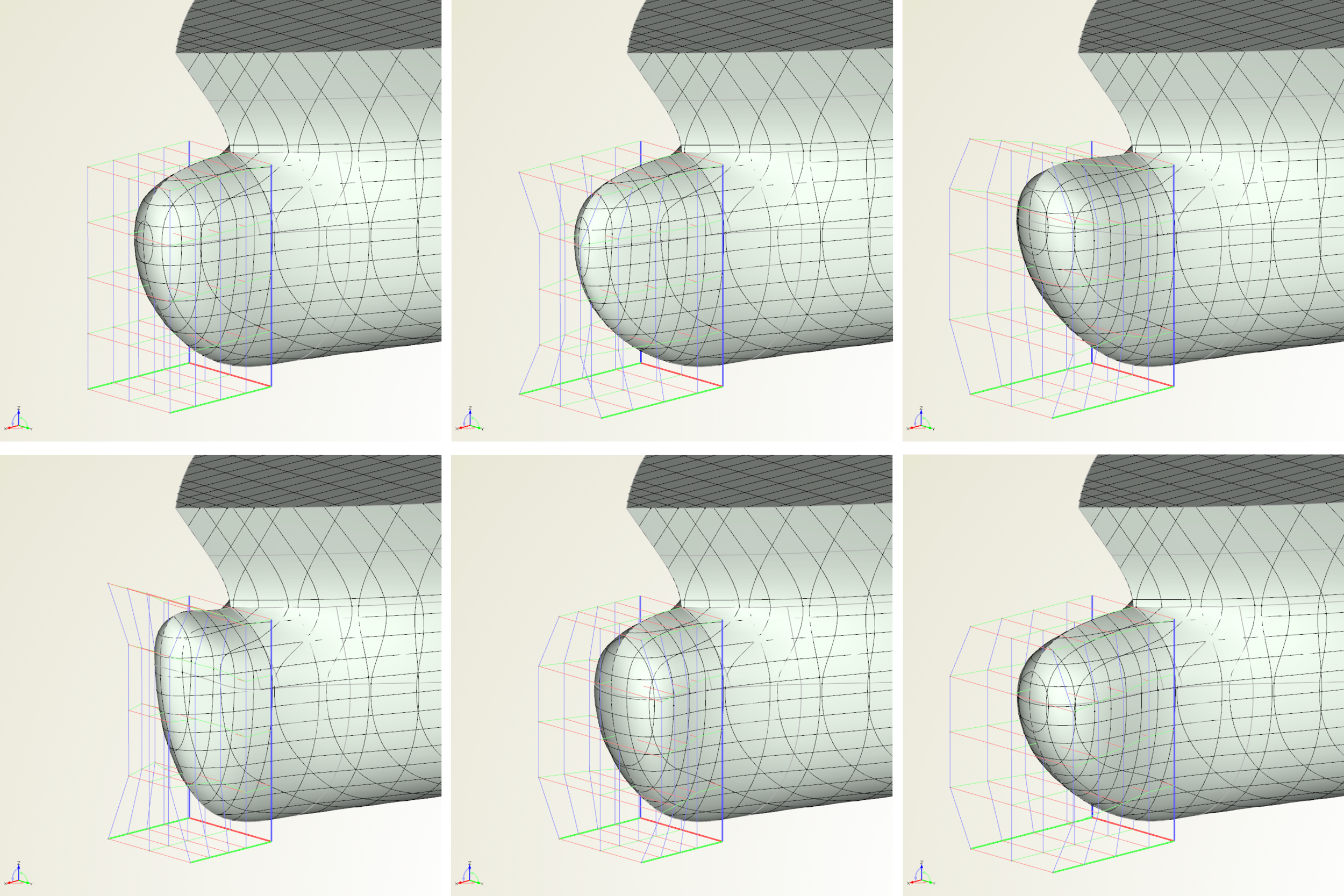Green shipping is the single most important topic in the maritime industry today. This umbrella-term is used to describe solutions to all aspects of the environmental impact of shipping, ranging from ballast water treatment and marine noise to reducing harmful emissions. Particularly the latter seems to capture the public imagination like no other: any Google search on the topic of “green shipping” will produce many pages of big ideas to tackle the problem, often visualized in calming shades of blue and (of course) green.
With so many solutions being proposed, it is easy to get lost in the myriad of alternative fuels, alternative means of propulsion, or technological gadgetry designed for cutting emissions. Also, many of these developments still require significant investment. With current state-of-the-art tools, however, ships can be much more effectively designed (or redesigned) to do their job at a low cost and still respect all environmental regulations. Most important among these tools at DEKC is the use of parametric hull models.
A parametric hull model, very briefly, is a 3D hull shape that can be altered using a single numerical value, called a parameter. Parameters can include very basic values such as length or beam, but they can also be used to afford precise control over the hull shape, for instance the waterline entry angle or bulb tip height. Most importantly, by using this method, a large spread of many different design options can quickly be generated and evaluated. This ensures that the best possible combination of design parameters is chosen.
Coming back to cutting emissions, the most direct method of achieving this is simply by reducing the amount of power, and thus fuel, required to travel at a certain speed. This has the added benefit of reducing fuel costs as well. Parametric hull design is very well suited for optimizing a hull shape to minimize fuel consumption. To do this, the parametric hull model is coupled to a CFD[1] solver to obtain accurate power results for each design. Either local modifications, such as a bulb redesign, or a complete hull can be optimized in this way.
Less interesting to the public at large, but no less critical to owners and operators, is designing an efficient ship to perform its job as efficiently as possible right from the very start. This requires designers to consider how best to achieve the desired stability, capacity, and speed, while minimizing the size, weight, and installed power of the vessel. Many of these properties of the vessel are 100% dependent on the hull geometry: therefore, parametric hull models are incredibly helpful for the designer to find an optimal combination of design parameters during the earliest concept design.
In addition, having these calculations coupled to the parametric hull model opens up possibilities for automated optimization of the hull shape. Literally thousands of different design combinations can be automatically generated overnight by advanced optimization algorithms. These designs can then be compared with respect to various (often-conflicting) targets, such as low fuel consumption, low freeboard and tonnage, and high cargo capacity. Thus, the designer ensures that the selection of main particulars is already contributing to an optimal design.
With any type of parametric study, the key is that many different design options can be quickly evaluated by the designer. Thus, promising combinations of parameters can easily be identified, for instance to lower the required power. Furthermore, an optimal hull form can very quickly be generated to suit the needs of the design during the first phases of the design process. Therefore, parametric hull modeling has become an integral part of our design process at DEKC, and helps ensure we design the best ship possible.
